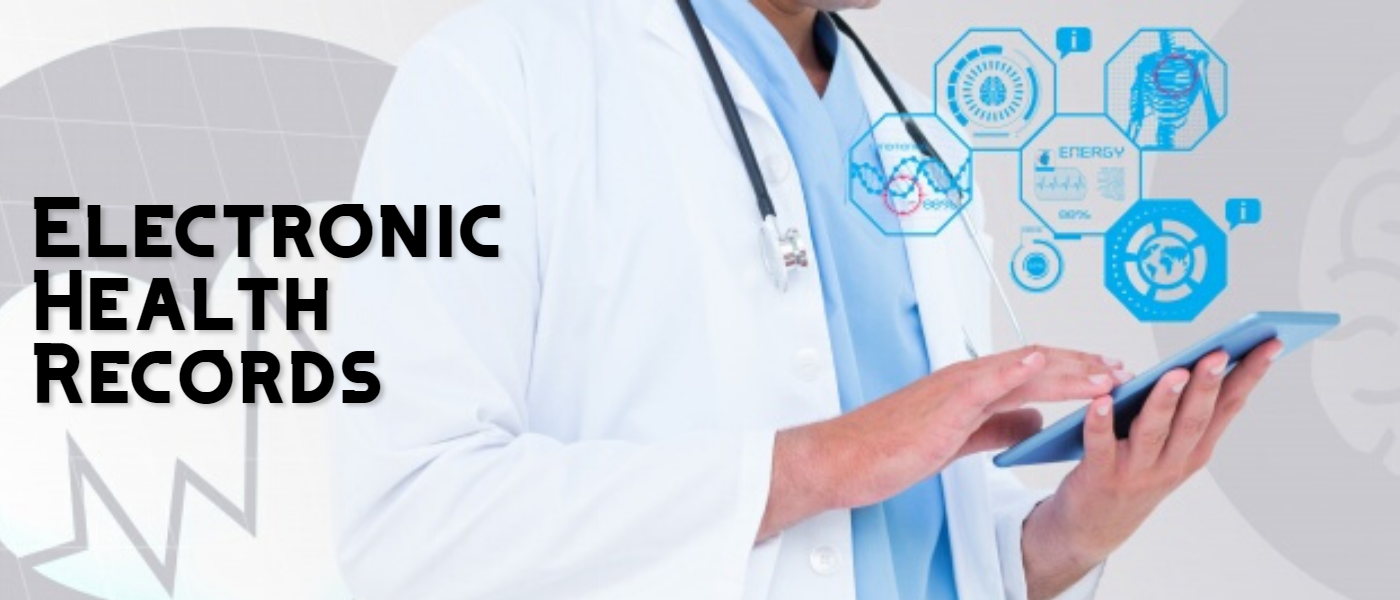Electronic health records have become popular in the medical field, as it maintains the electronic information related to the health of the specific patient and the care that needs to be provided. The real-time information is readily available to the authorized users.
Capability of EHR:
It has the capability to provide complete information about the patient’s health, and the medications which he has taken in the past. The demographics, medical history, progress notes, etc., are all available in electronic health records. The enhanced and streamlined workflow makes it easier for the clinicians and other staff to access the crucial information and provide the right medicine. This automated system ensures the highest quality and efficiency, as the systematic collection and storage of information guide the clinicians on the right path.
COVID-19 and EHR:
With COVID-19 hitting hard in US, the electronic health records have become a crucial source of information in the majority of the hospitals. As per the information, a large number of patients being admitted in hospitals are elderly population who have underlying health conditions. In such cases, if the complete information of these patients is accessed through EHR, then it becomes easier to start the treatment procedure appropriately.
The coronavirus pandemic has caused much health disaster, by increasing the number of patients with respiratory problems. They need critical care at the earliest, in this scenario information has to be shared widely and immediately to the professionals taking care of the patient. EHR has become the focal point as it is structured for sharing the vital information to the clinicians, doctors, nurses, among others. But the critical times have also exposed some of the limitations that EHR have, and needs immediate action.
Limitations:
- Not all EHRs are designed for sharing information thus delaying the patient care.
- Majority of the data cannot be shared between the independent and disparate systems
- Many of it are location-based and do not meet the immediate demands such as in COVID-19 pandemic
- Pandemics many times forces the patient care to be taken outside the physical office, that makes it challenging for EHR
- Although they are very competitive but there is no smooth coordination of information
- It is not flexible enough to accommodate immediate adaptation by staff
But many experts have mentioned major benefits of using EHR:
- During any pandemic outbreak, EHR architecture can help organizations for implementing the changes in protocols the uniform way.
- They can also track the abnormal conditions easier as compared to paper-based systems.
- EHR includes the evidence based decision support
- It can be shared with other health providers that is more than a single organization
- It increases the participation of the patient
- EHR helps in efficient cost saving
- It improves the diagnosis process
Conclusion:
The future of EHR lies in how it helps to bridge the gap between the healthcare provider and patient. It is necessary to connect the data at every place where absolute care is needed. When the complete information about the patient is easily available, then it becomes easier for the treatment and recovery process.

